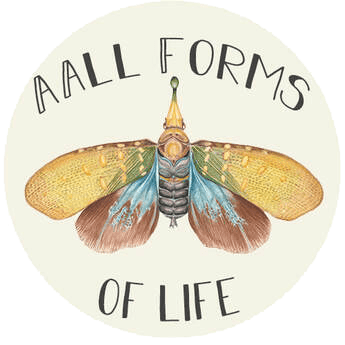Pilgrim
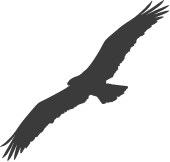
PADDLER

Poet
Pilgrim

PADDLER

Poet
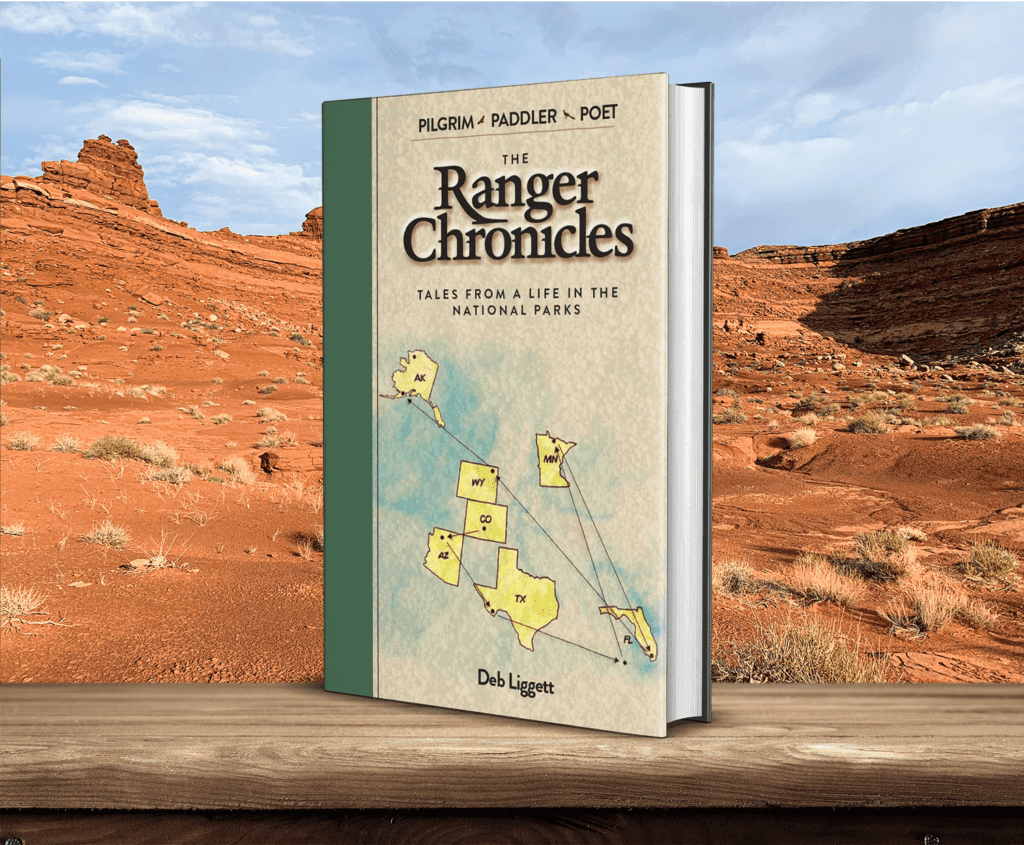
ABOUT THE BOOK
In absorbing tales that trace her career from seasonal ranger to park superintendent, Deb Liggett is our guide through the pleasures and beauty of our national parks. With both humor and deep insight, Liggett transports us through landscapes of stark canyons, austere deserts, thundering rivers, tropical waters, and vast tundra.
Encounters with bears, alligators, skunks, wolves, and condors pepper her stories and Liggett confesses a few ranger tales, from park service lore to pants-on-fire yarns. Storms, dark night skies, and a deep quiet suffuse these essays, as do respect for the park visitors and her abiding reverence for the parks themselves.
— From —
"Hey Ranger"
GREAT SAND DUNES NATIONAL PARK
I was captivated by the place, a field of dunes eight miles long by six miles wide, tucked up against the Sangre de Cristo Mountains. The sand dunes-the highest in North America-are caught between the windows and mountains, hemmed in by the waters of Sand Creek on the north and Medano Creek on the south.
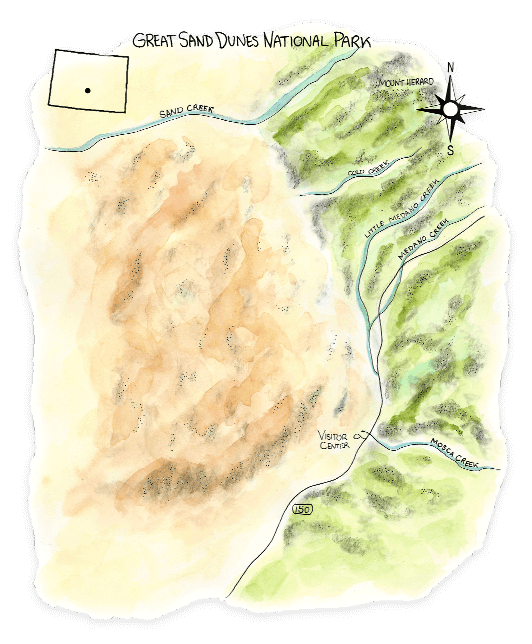
— From —
"The Goat That Ate the Can"
BIG BEND NATIONAL PARK
It’s hot in the Big Bend. Stifling. Besides the heat, residents suffer the dirt, snakes, occasional scorpions, and Texans. Nothing is perfect. The scorpions won’t kill you, and the snakes at least have the courtesy to rattle.
There was always a moment as the sun set that you’d swear you stood in the midst of the holy. If you stopped between the rustle of laying out your sleeping bag and the clatter of fixing dinner, and the sun dropped below the Mesa de Anguila-in that perfect moment, grace and peace abounded.
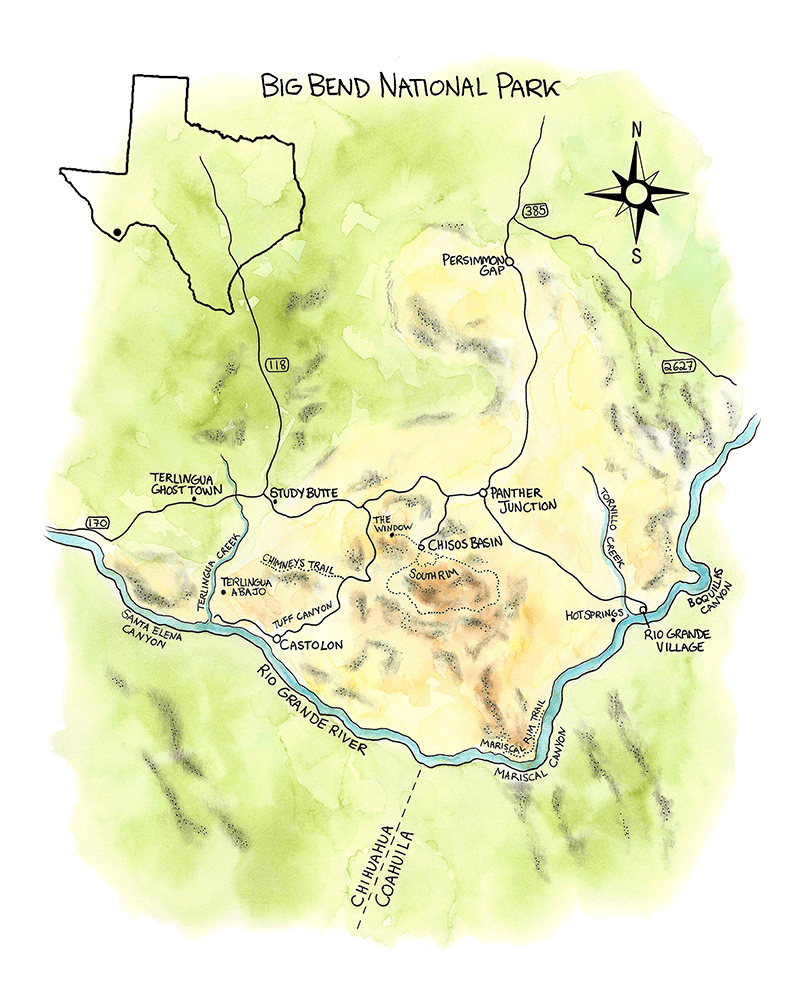
— From —
"The Good Captain"
DRY TORTUGAS NATIONAL PARK
Each year the sooty terns arrive in the Tortugas to nest. Pantropical birds (inhabiting the tropics on either side of the equator). the Tortugas terns spend most of their lives over the open ocean off the west coast of Africa. Young birds from the Tortugas colony spend three years or so on the wing before making their way home. As adults, starting at six or seven years of age, they return each year to lay their eggs on the sand within three feet of where they were hatched. How’s that for celestial navigation?
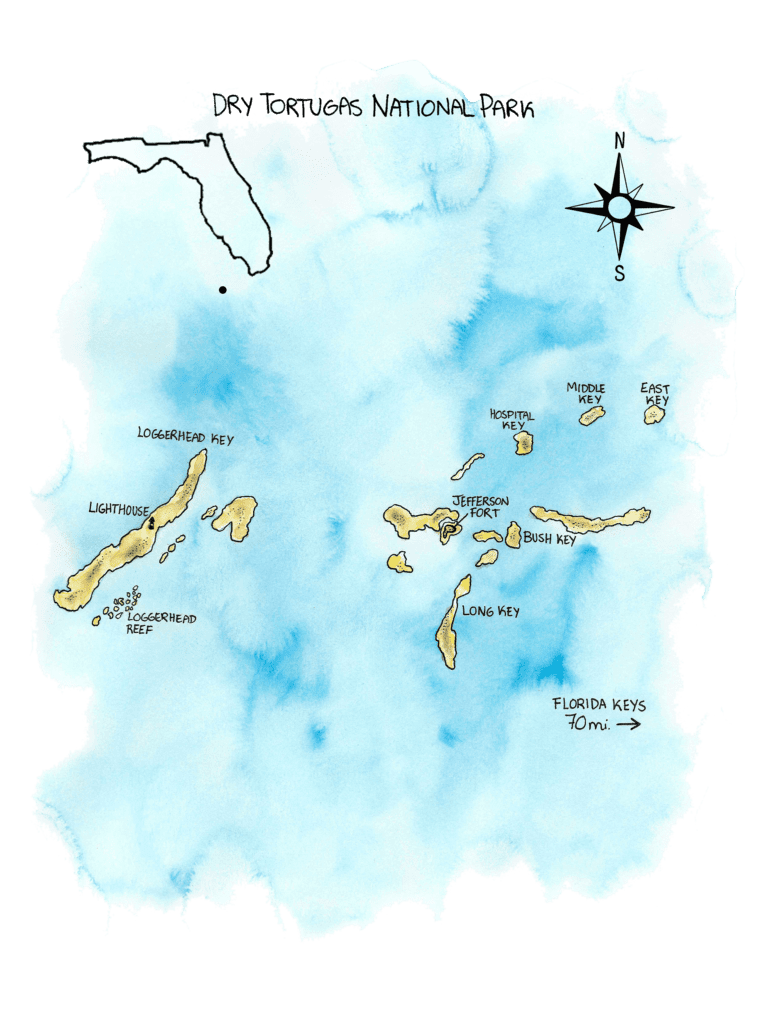
— From —
"Fishing with the President"
LAKE CLARK NATIONAL PARK & PRESERVE
We floated downstream to a wide, cobbled bar on the left-hand side. The Secret Service agents positioned themselves on the bank both upstream and downstream of the president. The president, first lady, and I then spread out and fished. The guides attended to our guests. I took care of myself. All of us caught and released a few smallish trout. The first lady had landed more fish than the president, and one of those married people looks was exchanged. It was clear there was some serious angling competition between them. Intent on fishing, President Carter wasted little time with lunch.
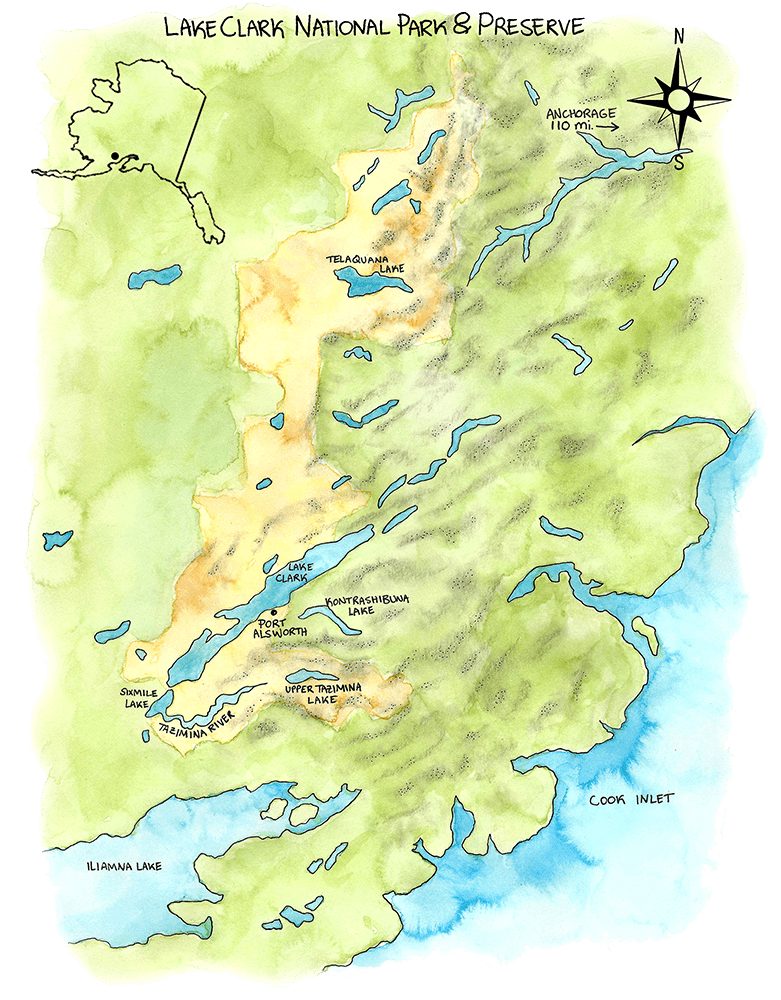
— From —
"Circling Back"
GRAND CANYON NATIONAL PARK
Our camp developed that tidy-but-lived-in-look. Stove, water bottle, cook pot arranged in their proper places. Even our tea bags, hung to dry like prayer flags on a bush, cried out with orderliness. Our habit of walks, meals, kitchen chores, water runs, naps, and canyon viewing evolved into a satisfying routine. The food bags became trash bags as we ate our way through their weight. I offered to carry the trash out.
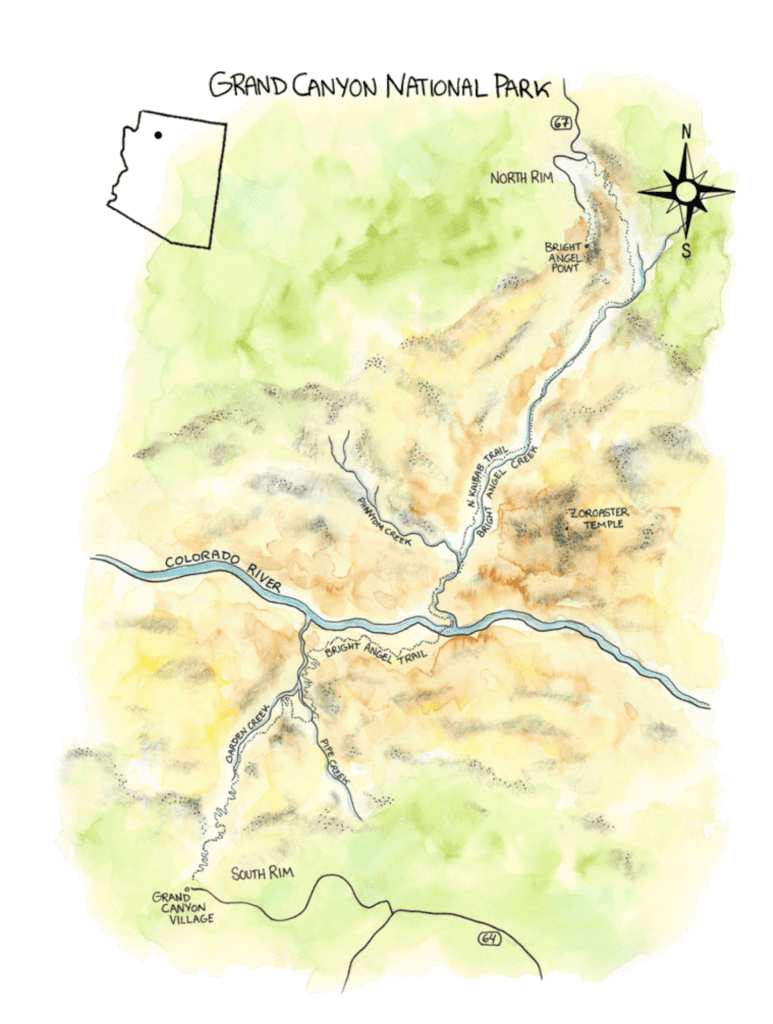
— From —
"Cloak of Friendship"
GATES OF THE ARCTIC NATIONAL PARK & PRESERVE
No clouds appeared in the sky until midafternoon. The first sign we saw were three small, gray wisps on the horizon. The three wisps merged into one small cloud. Then there were two or three small clouds, and they sailed low and in close formation. Next, larger clouds appeared, until the sky was filled with a flotilla of pleasure craft. Then, even larger clouds of battleship gray, joined the fleet. And then an entire battle group was assembled, and then another, until an armada of clouds converged in the northern sky.
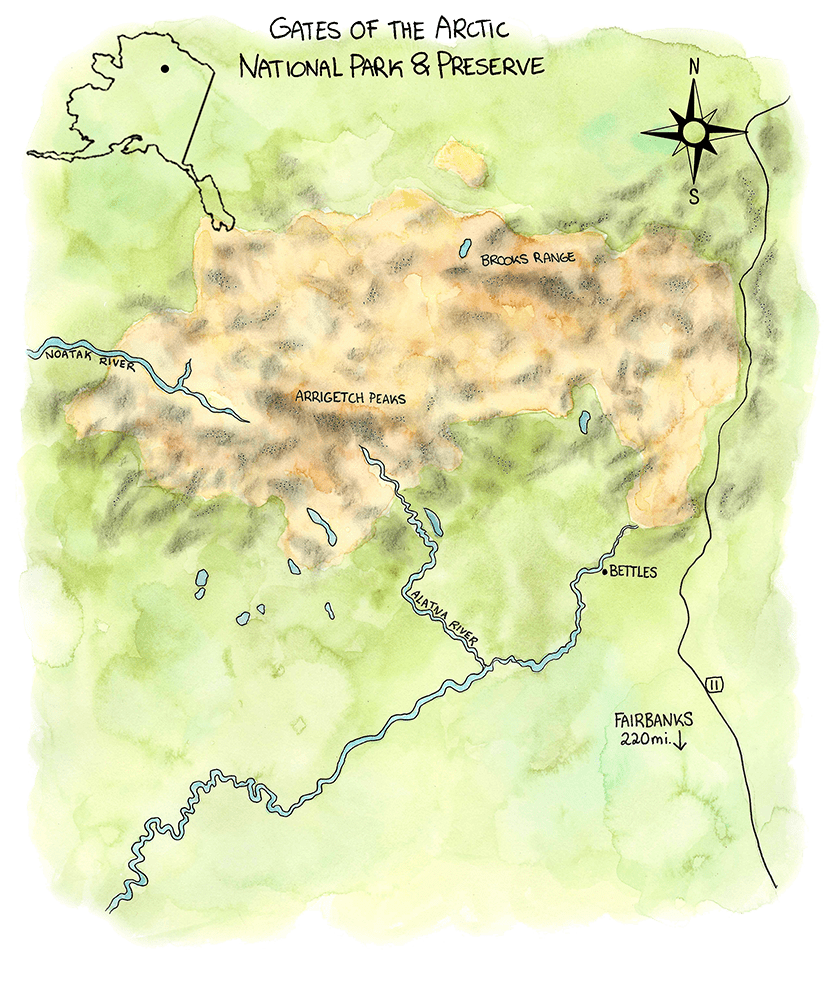
— From —
"Superintendent Eaten by Bears"
KATMAI NATIONAL PARK
Retreating to the bathroom, I peeked out the window. The bear sat down in the path. I kept looking, and the bear kept sitting. I laid down on the bench in the bathroom but feared falling asleep. I despaired of being caught like a greenhorn in my pajamas by my more seasoned summer rangers, held captive in the bathroom by a bear.
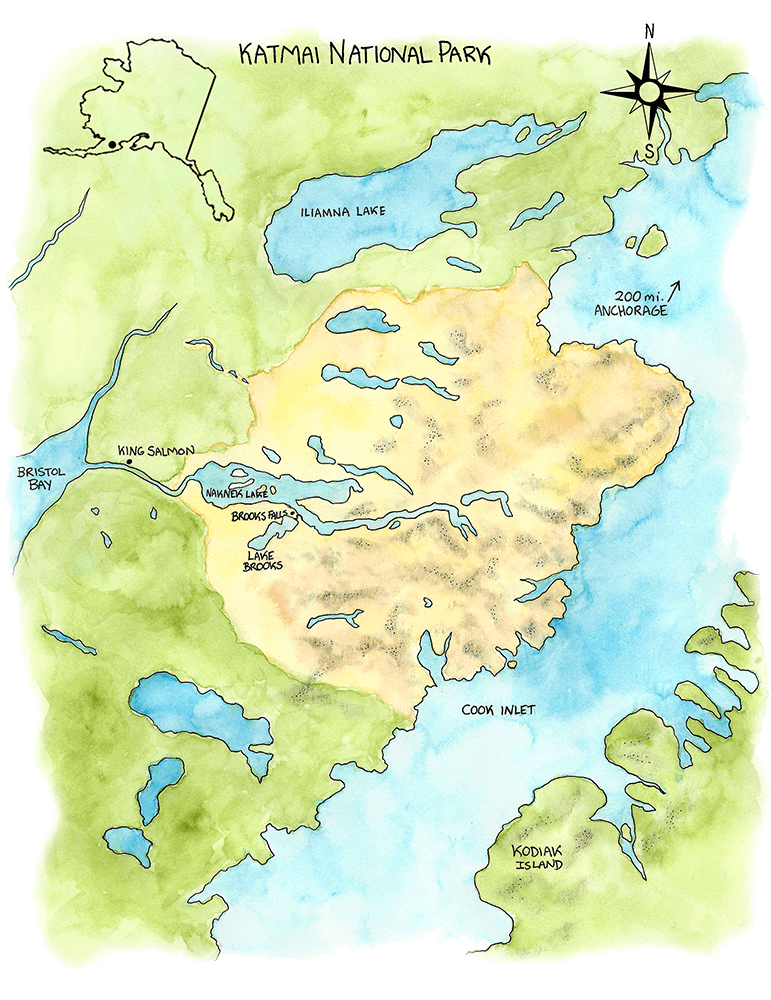

The back cover





